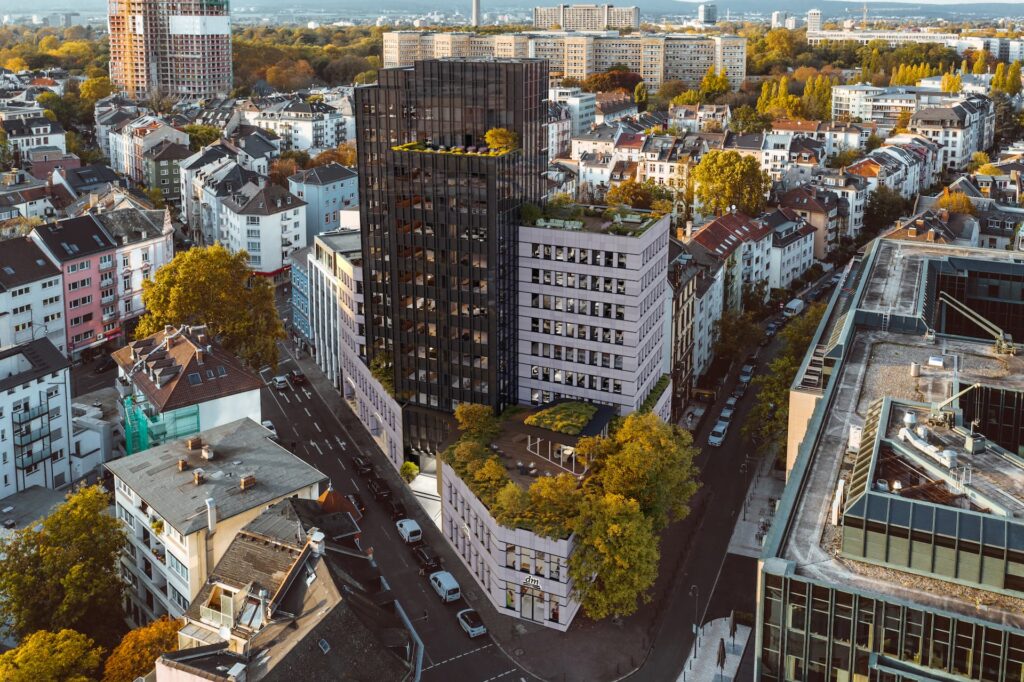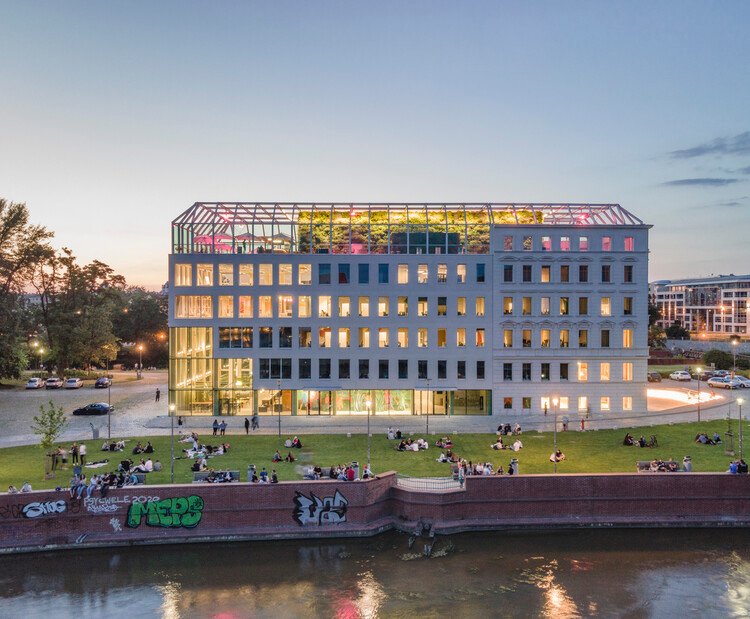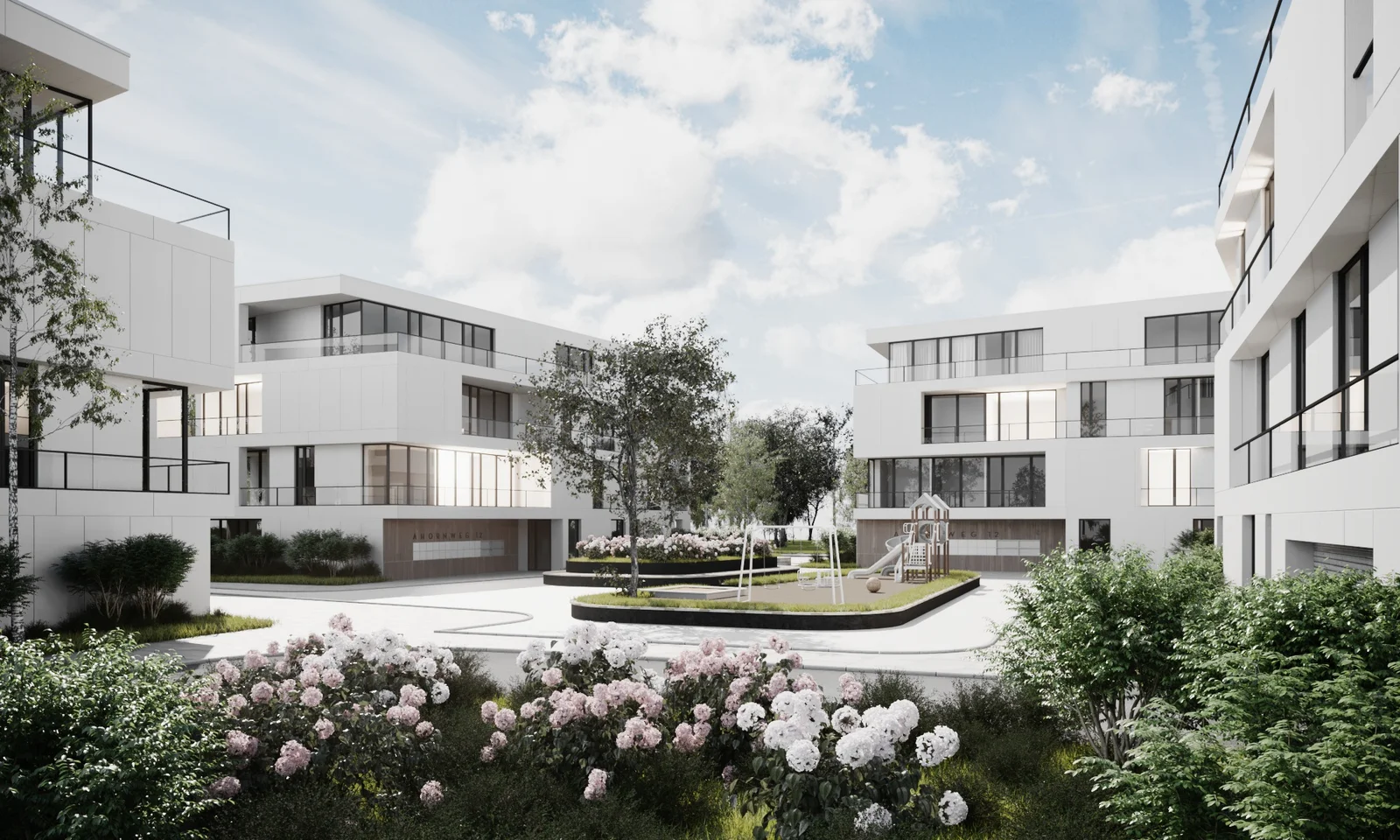How Immersive 3D Technology Revolutionizes Architectural Project Presentations
Immersive 3D technology is fast becoming an essential tool in the toolkit of architects and developers worldwide. It provides a groundbreaking method for presenting architectural projects, enabling stakeholders to truly visualize and understand a design before it comes to life. This blog post will delve into how this pioneering technology is revolutionizing architectural project presentations.
The Traditional Approach to Architectural Presentations
Traditionally, architectural presentations have relied on 2D drawings, scale models, and digital renderings. However, these methods often fall short in fully conveying the scope and feel of a design. With the advent of immersive 3D technology, architects now have a more effective tool to present their designs in a comprehensive and engaging manner.
Limits of 2D and Scale Models
The classic tools of architectural presentation – 2D drawings and scale models – have their limitations. They can be time-consuming to produce, and they often fail to give viewers a real sense of space and scale. While they provide a tangible visual, they lack the immersive, interactive experience that 3D technology offers.
The Advent of Digital Renderings
With the rise of computer-aided design (CAD), digital renderings have become a standard part of architectural presentations. These offer a more realistic depiction of a project than 2D drawings or scale models, but they’re still largely static and passive. Despite their sophistication, they do not fully engage the viewer in the way that immersive 3D technology can.
The Revolution Brought by Immersive 3D Technology
Immersive 3D technology is reshaping the way architects present their projects. By creating a virtual, interactive environment, it allows viewers to experience a design in a way that was previously impossible.
Interactive Exploration
One of the key advantages of immersive 3D technology is the ability for viewers to actively explore a design. Instead of passively viewing a static image, they can walk through a space, observing it from different angles and perspectives. This interactive exploration provides a more comprehensive understanding of the project and a deeper appreciation of the architect’s vision.
Realistic Visualization
A second major advantage of immersive 3D technology is its ability to provide realistic visualizations. With high-quality graphics and realistic lighting and textures, it gives viewers a true sense of what the finished project will look like, far beyond what can be conveyed with traditional 2D drawings or digital renderings.
Enhancing Architectural Visualization with Immersive 3D Technology
Transforming Static Designs into Dynamic Visual Experiences
Immersive 3D technology has the potential to revolutionize architectural project presentations by transforming static designs into dynamic visual experiences. Gone are the days when architects had to rely solely on 2D drawings and small-scale physical models to convey their design concepts. Today, using advanced 3D modelling and rendering techniques, architects can create realistic and interactive 3D models of their designs, which can be explored and analyzed in detail from every angle. This allows clients to gain a better understanding of the project and make informed decisions.
Real-Time Rendering and Virtual Reality
Another significant improvement brought by immersive 3D technology is the ability to perform real-time rendering and virtual reality (VR) presentations. Real-time rendering enables architects to make on-the-fly changes to their designs during the presentation, which can be immediately visualized in the 3D model. On the other hand, VR technology allows clients to virtually walk through the project, experiencing the design in a way that’s as close to reality as possible. This results in a more engaging and impactful presentation that can leave a lasting impression on the clients.
The Future of Architectural Presentations with 3D Technology
Augmented Reality and Mixed Reality Applications
Looking forward, the application of augmented reality (AR) and mixed reality (MR) in architectural presentations is set to take the industry by storm. AR overlays digital information on the real world, allowing architects to present their designs in the context of the existing environment. MR, on the other hand, combines elements of VR and AR to create a hybrid environment where physical and digital objects co-exist and interact. These technologies could potentially create even more immersive and interactive presentations, making the clients feel like they are part of the design process.
AI and Machine Learning in 3D Modelling
With the integration of artificial intelligence (AI) and machine learning, 3D modelling could become even more sophisticated and efficient. AI algorithms can help automate certain aspects of the design process, such as optimizing the layout for energy efficiency or predicting the performance of the design under different conditions. Machine learning can also be used to customize the presentation based on the preferences and feedback of the clients, creating a personalized experience that’s tailored to their needs and expectations.
In conclusion, immersive 3D technology is revolutionizing architectural project presentations, offering architects new ways to express their creative visions and engage their clients. As this technology continues to evolve, we can expect to see even more exciting developments in the future.
In conclusion, immersive 3D technology is undeniably revolutionizing architectural project presentations. It has opened up a world of opportunities for architects, clients, and stakeholders to interact with proposed designs in unprecedented ways. Through this technology, the architectural industry is experiencing improved communication, enhanced design understanding, and increased client satisfaction. This is a clear indication that the future of architectural project presentations is here, and it is as immersive and interactive as it could ever be. The impact of 3D technology on architectural presentations is profound, and it will continue to redefine how architects communicate their visions and designs for a long time to come.







